Make the most of your garden this winter with our handy guide to winter-flowering plants…
Winter in the garden needn’t be devoid of colour. In fact, there are several winter blossoms to choose from. Here are a few:
Gladiolus – When it comes to colour and variety, you are truly spoilt for choice with gladiolus. Sow seeds or plant corms in autumn, when the cool weather has set in – preferably in a well-ventilated area with full sun. The stems grow between 2 to 6 feet in height, so stake them when the plants are in bloom to help the stems remain upright. Gladiolus make great cut flowers too.

Gladiolus
Snapdragons (Antirrhinum) – Another popular choice over the colder months, snapdragons are eye-catching bedding plants with bright green foliage and a wide array of attractive shades (from bold tones and soft pastels, to subtly shaded bi-colours). Snapdragon flowers start blooming at the bottom of the stalk and work their way up. Regular deadheading will keep them flowering for longer.

Snapdragons
Strelitzia – Also known as the ‘Crane Flower’ or ‘Bird of Paradise’, the strelitzia has very distinctive petals that resemble an exotic bird (bright orange with purple edges and bright blue ‘tongues’). They are a stand-out addition to any garden, reaching heights of 1.5m tall.
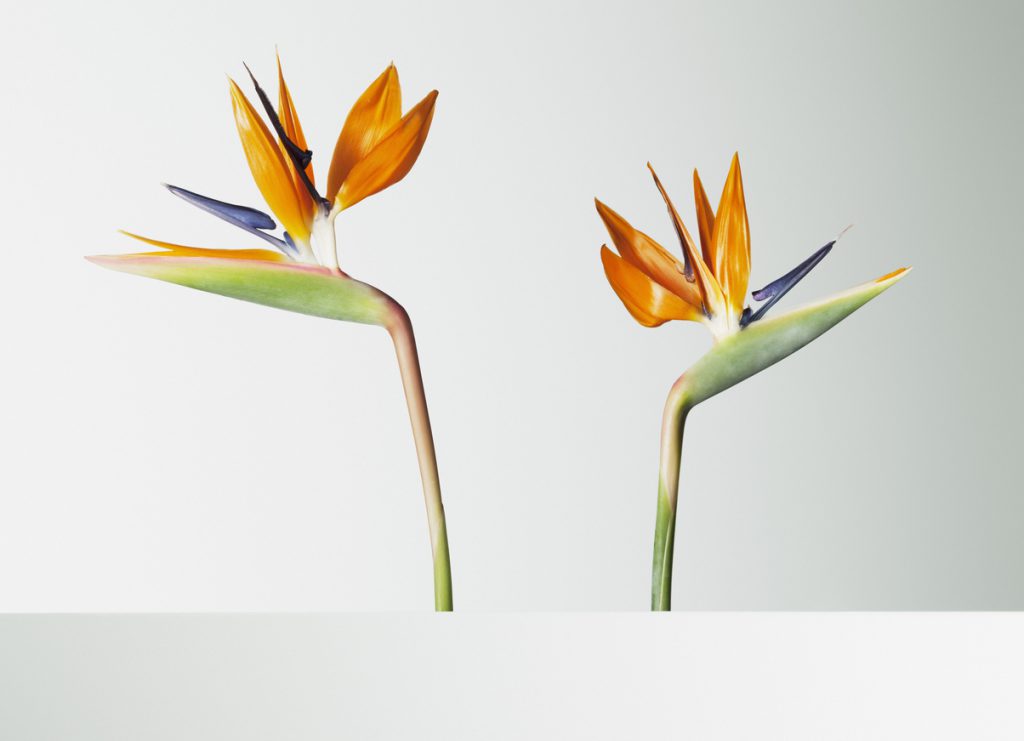
Strelitzia
Lobelia – These delicate blooms come in a number of different shades, mostly blue but also lilac, pink and white, and make for a striking statement when planted en masse. They also make good fillers for hanging baskets and pots.
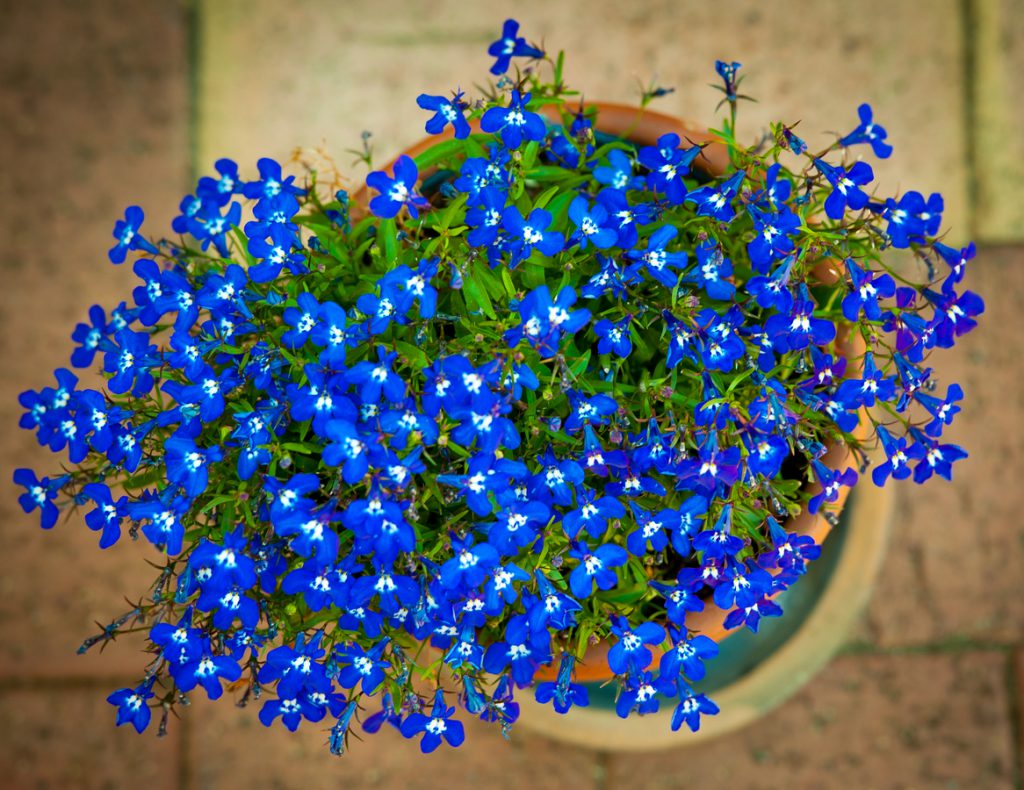
Lobelia
Camellia – Comprising some 100-plus different species, Camellias are truly beautiful, all-year-round garden favourites. Camellia japonica is considered the ‘queen’ of the winter garden. Large upright-growing shrubs with large rosettes of white, pink, red or bicoloured flowers, shapes range from a single layer of petals to ruffled blooms. Preferring a spot with dappled shade, the flowering season ranges from late autumn until early spring.

Camellia
Azalea – Evergreen azaleas are simple to grow in our climate and many beautiful hybrids are available too. They fall into varying degrees of drought hardiness, but all are frost resistant. Flower colour is essentially pink and white, ranging from palest pink to rich cherry, bright coral and magenta.
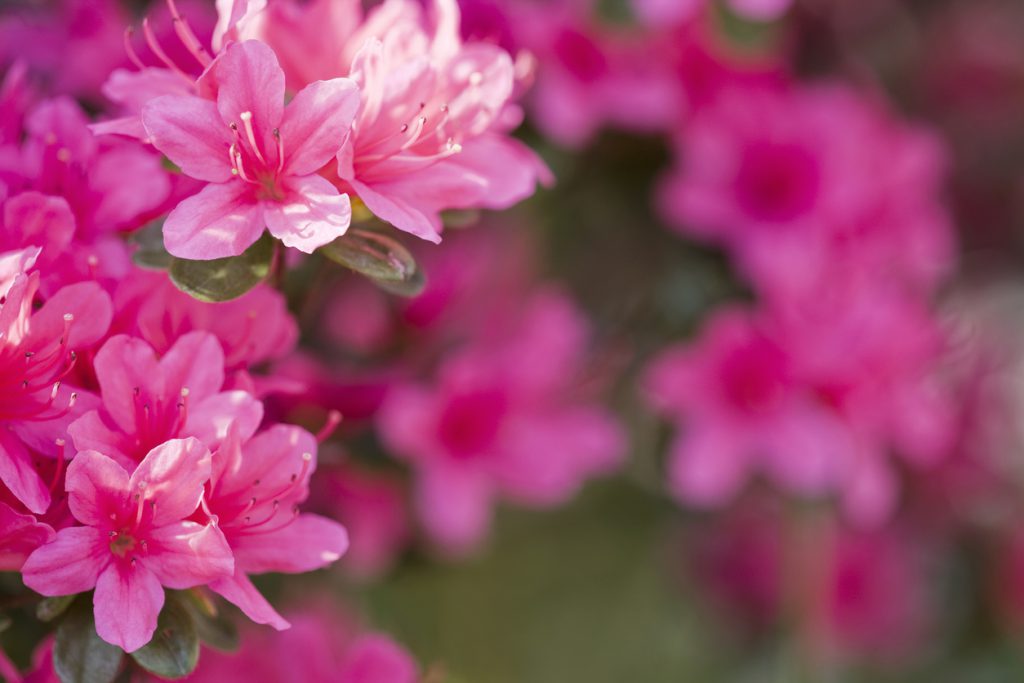
Azalea
Aloe – If you want to brighten up the dull winter landscape, plant aloes. They make excellent accent plants because of their striking form and structure, as well as their vibrant flowers in various shades of red, orange and yellow. They are also container-friendly and small aloes can be used as border plants at the edge of a flowerbed.
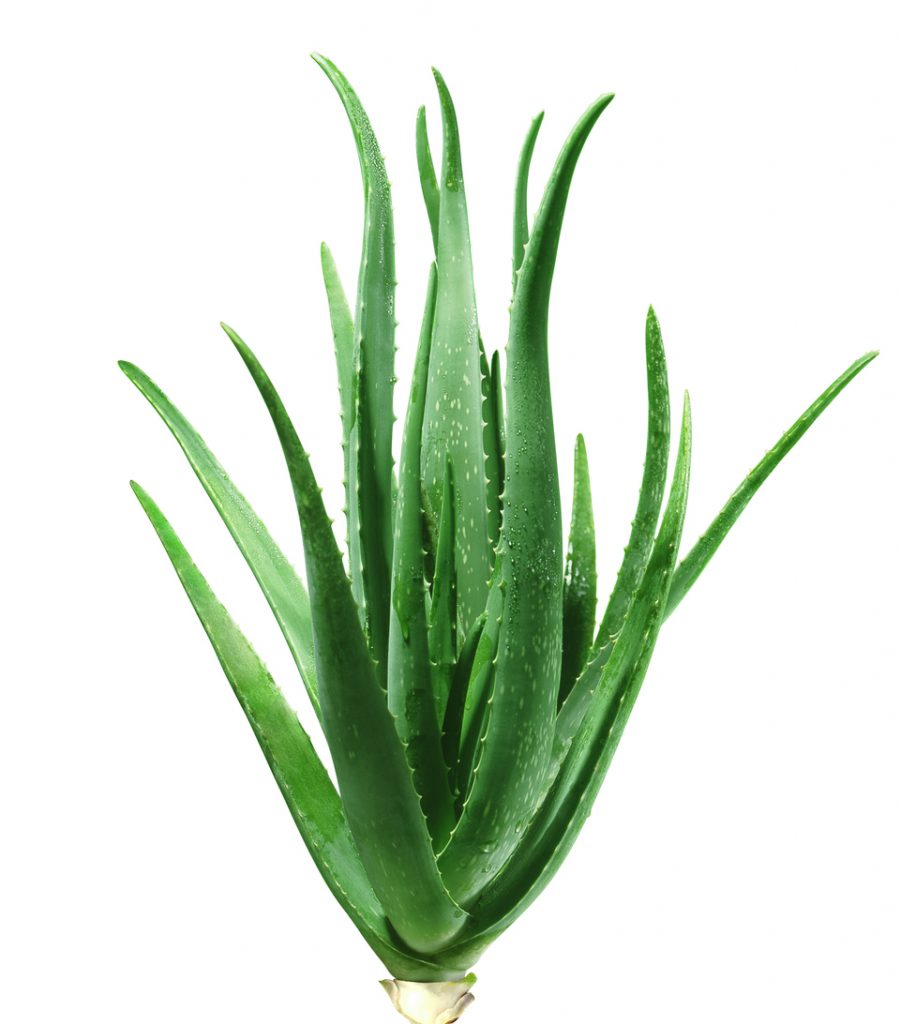
Aloe
Tulips – Tulips love cool soil so plant only when temperatures have dropped – like now. Find a spot that has morning sun but is protected in the afternoon. Untreated tulips can be planted from March to May, while treated tulips should be planted in early June. (Treated bulbs have been placed in cold rooms and are programmed to flower earlier and more reliably. They’re more tolerant of warmer conditions and are a better choice for containers.) For maximum impact, plant tulips in groups of at least 10 or 20.

Tulip
Gardening tip: Use your autumn leaves by spreading a layer of them across your flower beds as a ‘winter blanket’. A thick layer of leaves will reduce moisture loss, regulate the temperature of the soil and eventually break down, releasing nutrients into the soil.




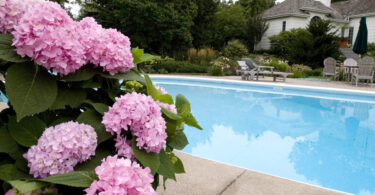
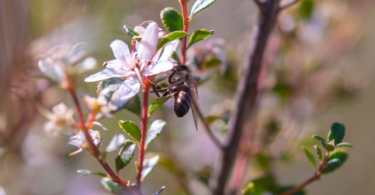
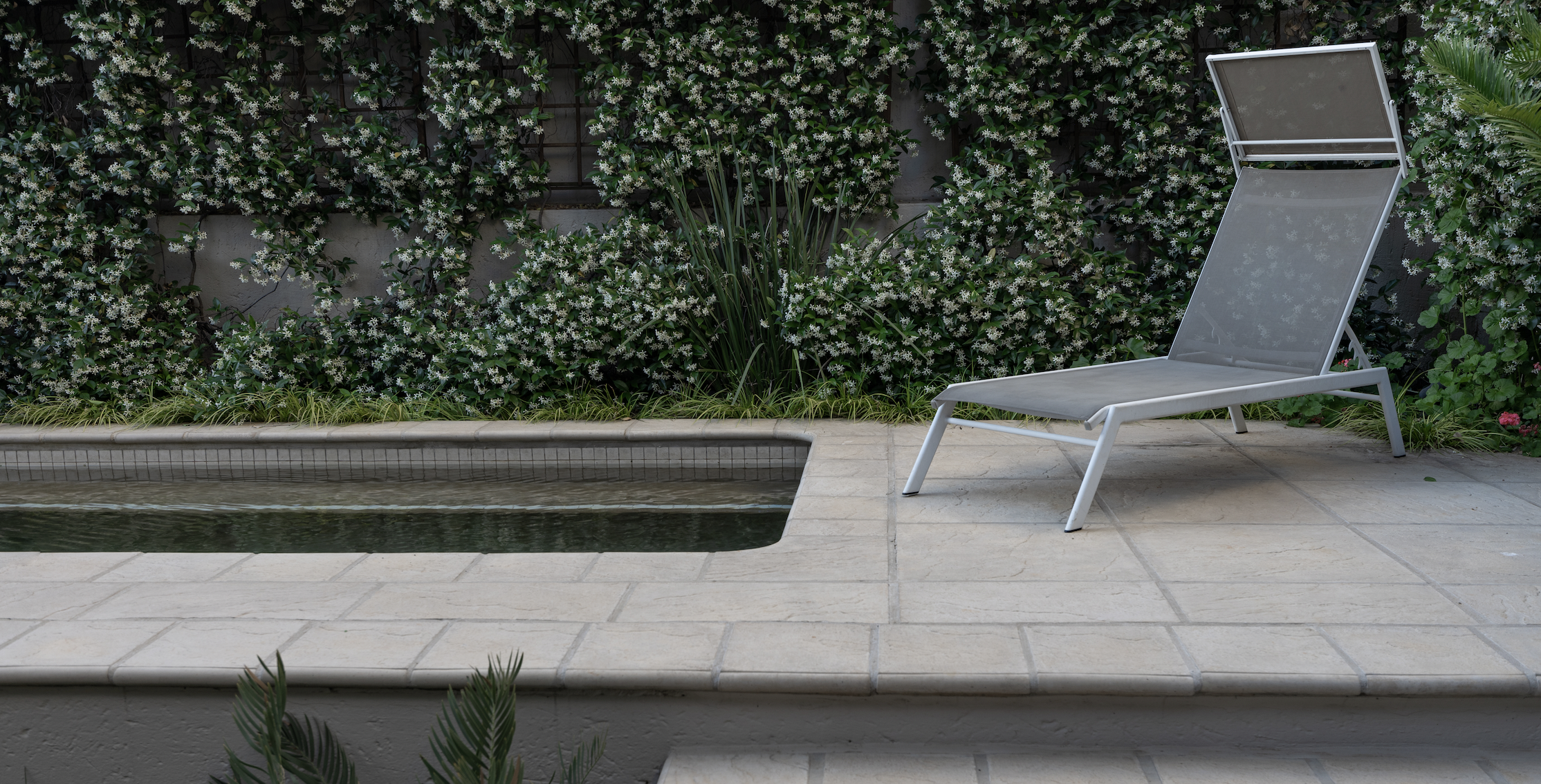

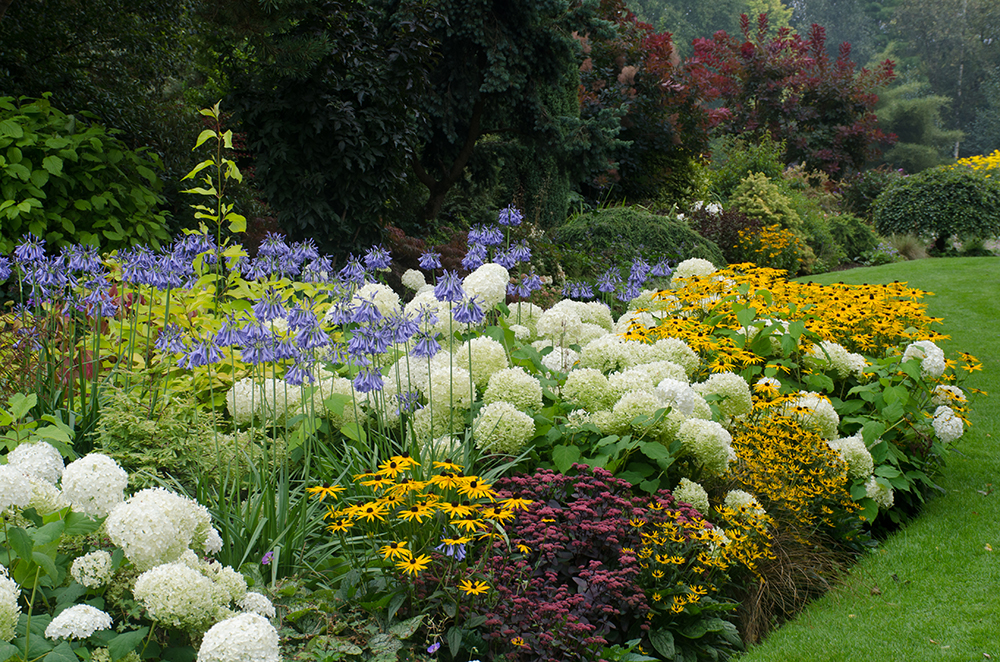
Leave a Comment